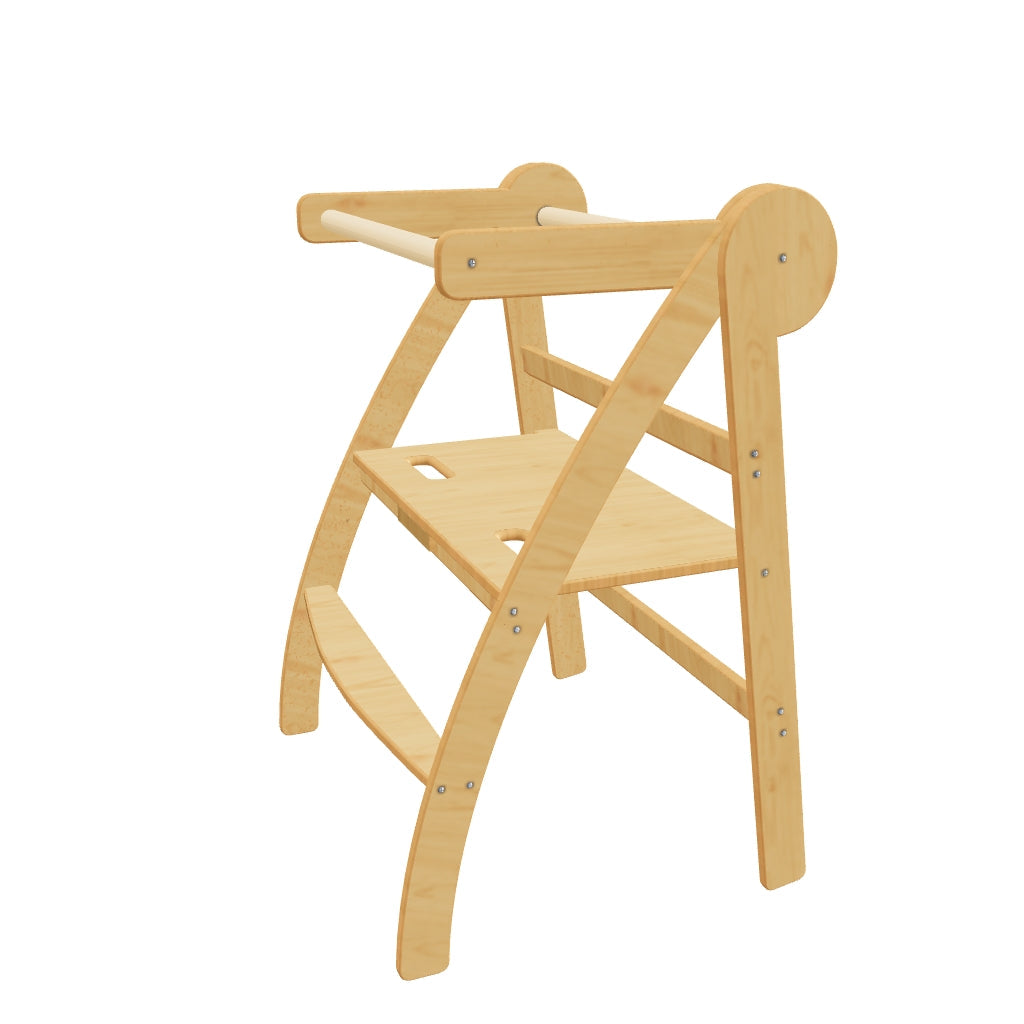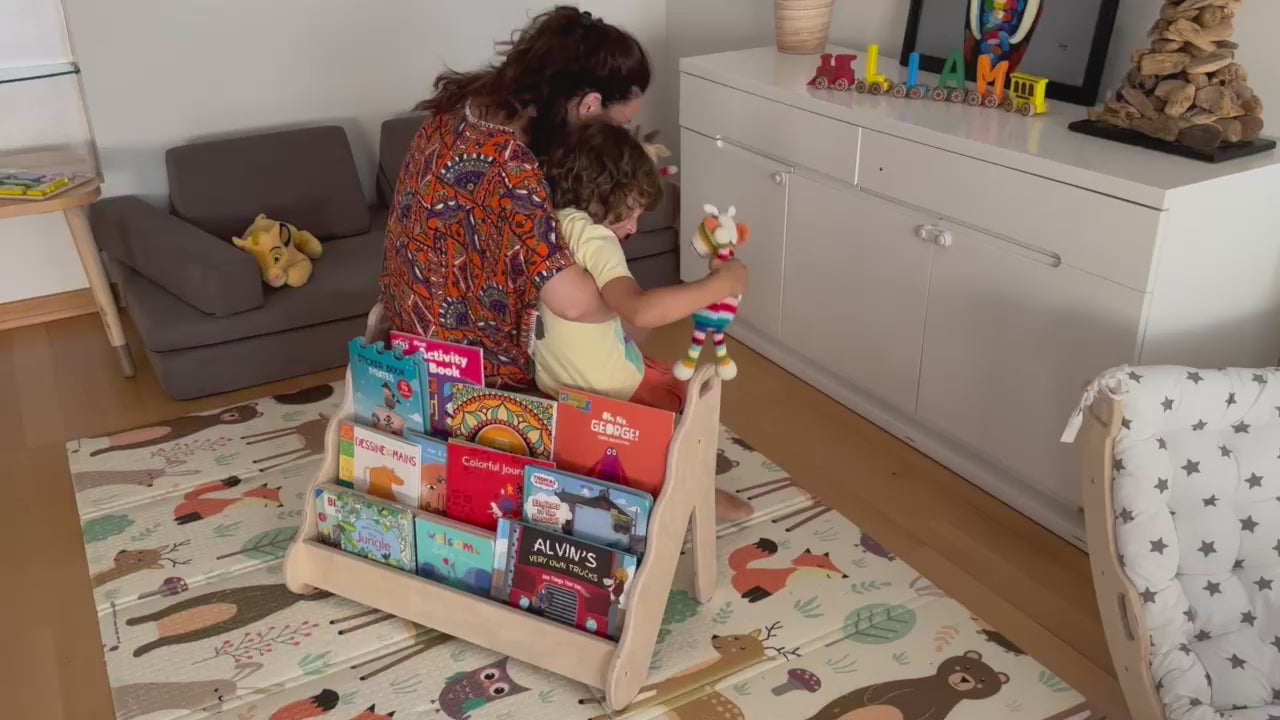Kletterdreiecke
Encourage Fine Motor Skills of your Kids with Montessori Toys
Today the establishment of Montessori education by Dr. Maria Montessori has become a global sensation, as it has promoted not just hands-on learning for a child, but also an improved skill for your childhood. Montessori toys such as a climbing triangle something that can enhance the curiosity of your child, and hence, you should check out the collection of Montessori toys at Kido Dido.
And here’s how they can help your kids by encouraging their fine motor skills.
Understanding Fine Motor Skills
Enhancing motor skills is essential for the independence of a child and his success at school. The development of fine motor skills is progressive, and Montessori toys such as a climbing triangle form an integral part of the process by engaging children in precise, focused, and repetitive activities.
Encouraging Hand-Eye Coordination
Activities such as beading threading, stacking rings, or moving objects with tongs require children to align their visual focus with hand movements. Thus, these activities enhance an important aspect of fine motor development: hand-eye coordination.
Developing Accuracy and Fine Motor Control
Montessori toys such as the Pink Tower or the Knobbed Cylinders require extreme care in handling and positioning. By repetition, children achieve better mastery of their hand movements, which then translates to increased skills in daily activities.
Building Independence through Practical Life Activities
Practical life exercises include pouring water; spooning beans; and tweezers to sort various objects, which are highly included in Montessori. These activities, often implemented using child-sized tools, encourage the refinement of motor skills while incorporating independence and responsibility.
To Include Multi-Sensory Learning
Many Montessori toys combine sensory elements, such as textures or weights. For instance, tracing sandpaper letters with fingers, combining tactile and visual learning to strengthen fine motor control and early literacy skills.
Long-term benefits of Montessori toys
The benefits that come with using Montessori toys for fine motor development are not limited to the early years of childhood. Once children master these skills, they develop a sense of accomplishment in their capabilities, prompting them to venture out into their surroundings. The bases established through these toys lay a foundation for more intricate tasks, including writing, typing, and artistic pursuits.
Ending Thoughts!
More than a tool for education, Montessori toys such as a climbing triangle are windows through which a child grows both cognitively and physically. So, get in touch with Kido Dido, and get a climbing triangle for your child.





















































































